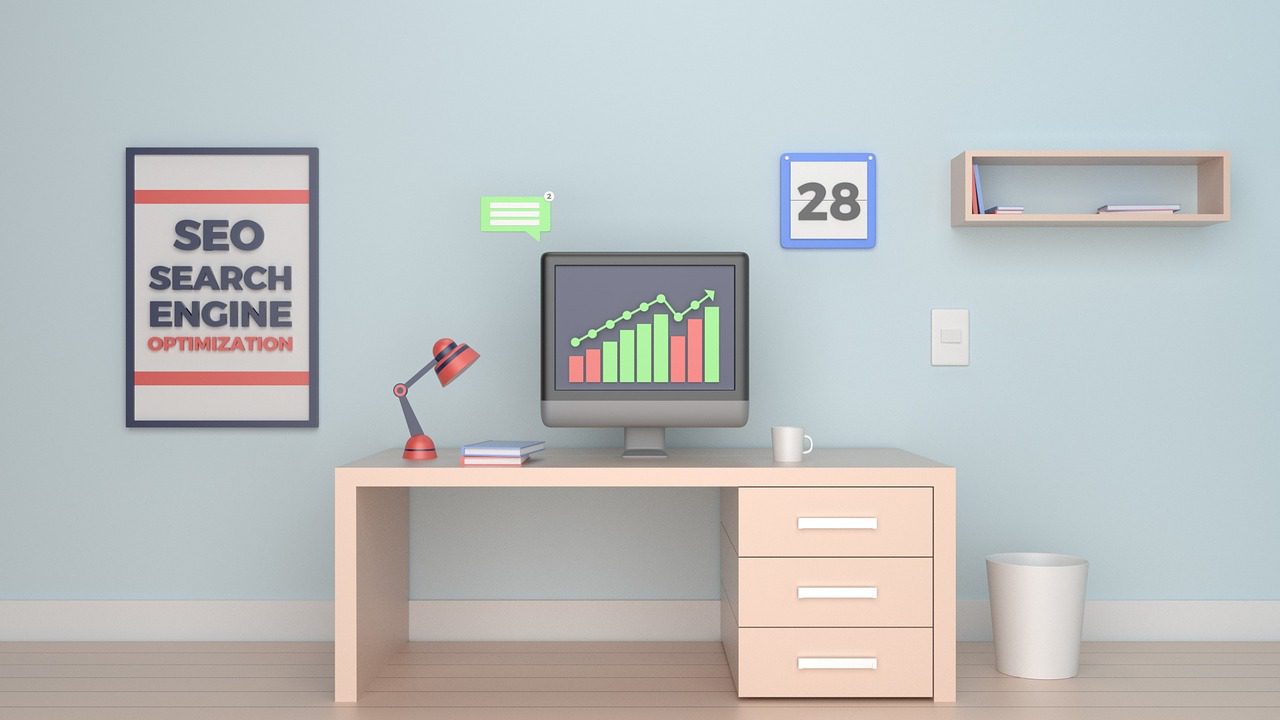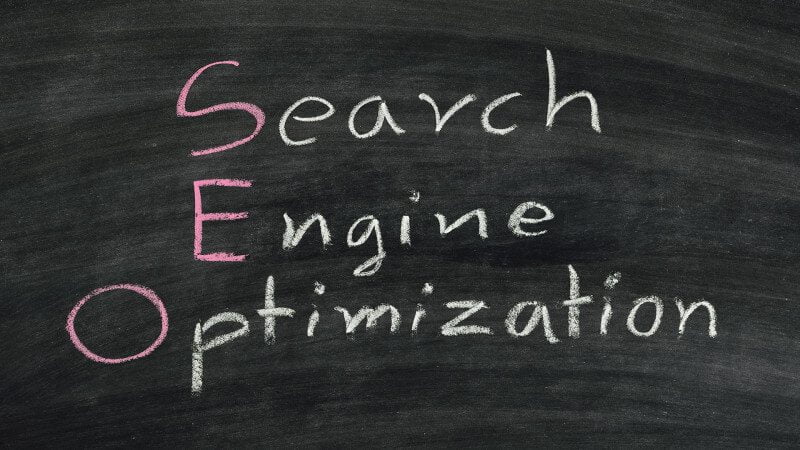
Do you know that more than 2 billion people shop online every year? But here’s a surprising fact—over 90% of them only click on the results that show up on Page 1 of Google.
If your online store isn’t there, most people won’t see it. That’s where Search Engine Optimisation(SEO) comes in. It’s the process that helps your store to appear at the top when people search for things you sell.
Let’s scrap the generic and dive deep into what gets eCommerce stores to Page 1, especially in 2025’s SEO climate
No fluff. No copy-paste tips.
Just strategic, data-backed, mind-blowing tactics based on what successful 7–8 figure stores are doing differently.
Disclaimer: Before starting with this blog or the techniques, it’s mandatory to have a basic understanding of SEO and how the methodology works. Without the basic knowledge of SEO, this can be a challenge to understand these terms.
Here’s your step-by-step, calculated outline for the blog:
Step 1: Make sure your website has all the basic functionalities.
These techniques and methodologies are proven by the team of a Top SEO company in Singapore. If you need any assistance, you can directly contact them on their website.
In this Step, make sure your website is compatible with all the basic requirements of SEO; without doing the basic auditing, you can’t improve your website to get better results.
It should load fast, look good on phones, and be simple to use so that users can easily find prices, pictures, and how to buy.
This makes your store friendly for visitors, and it’s essential to use SEO for an online store to achieve success.
Without checking and fixing these fundamentals, it’s hard to improve or get great results.
Step 2: Pinpoint “Money Queries” Using Buyer Intent
The science: 64% of clicks on Page 1 go to keywords with transactional intent.
That means most people click when they’re ready to buy, not just browse.
Words like “buy running shoes,” “order birthday cake,” or “best laptop deals” are called money queries. These show buyer intent that someone is serious about making a purchase.
Spotting these keywords is a big win for e-commerce SEO, helping your store appear right when shoppers are ready to spend.
Using buyer intent this way makes your online store innovative and helps turn visits into real sales.
Execution:
- Use tools like Ahrefs, LowFruits, or Keyword Chef to filter only:
- “Best + [product]”
- “[product] under $XX”
- “[product] review”
- Cross-check product-specific terms with Google Ads’ “Top of Page Bid” data — higher cost = higher buyer intent.
Bonus: Filter out keywords that have no eCommerce SERP features (shopping, images, or featured products).
Step 3: Your Category Pages as High-Converting Landing Hubs
Category pages are the big sign for your store that helps users find the product that they are looking for.
They organise similar products together, like putting all jackets or phones in one spot. This makes shopping easier and more enjoyable.
A strong category page uses clear titles, helpful filters, and short, useful descriptions. It also loads quickly and looks good on any device.
Well-designed category pages help your site show up better in search results and turn more visitors into buyers. They play a key role in growing your online store.
Why it works: Sites like ASOS, Best Buy, and IKEA rank because their category pages outrank even Amazon for many terms.
Do this:
- Add 300–500 words of SEO-rich, UX-friendly intro copy on each category page.
- Layer in:
✅ NLP-optimised subtopics (from Surferseo or Clearscope)
✅ Internal links to key products + FAQs
✅ Scroll-based dynamic content (filters + collections) - Add Product Schema + Breadcrumb Schema to every page.
Step 4: Automate “Freshness Signals” with Expiry-Based Offers
Freshness signals show search engines that your website is active and up-to-date. To do this, use expiry-based offers like sales that end in a few days.
These offers keep your pages fresh with new updates, dates, and content. So, you don’t have to do it all by hand. You can set them to update automatically.
This helps people to see new deals often and keeps your store more visible online. It’s an innovative way to stay visible and boost visits to your e-commerce store.
Proven principle: Google prioritises updated content, especially on commercial pages.
How big brands win:
- They rotate offer-based content tied to date ranges or stock.
Your play:
- Use a dynamic “Offer” Schema with expiration dates per product.
- Auto-update “deal of the week” banners sitewide.
- Set up a script to change “best sellers this month” every 30 days (re-index trigger).
Results: Forces Googlebot to recrawl your eCommerce pages more often.
Step 5: Backlink Bait Through “Data Commerce” Assets
Backlinks are links from other websites that help you bring more leads to your online store. It is essential because it increases your site’s visibility and authority.
One effective way to get backlinks is by creating and sharing data commerce assets, like original reports, product trend statistics, or buying behaviour studies.
Websites, bloggers, and journalists often link to valuable data sources to support their content.
Publishing well-researched and updated data encourages others to reference your site. This builds trust, improves search ranking, and drives more traffic to your store.
Execution:
- Run a small poll (“What’s the most trusted skincare brand in 2025?”)
- Turn it into a data-rich industry report
- Outreach to:
- Journals
- Influencers
- Affiliates
- Bloggers
Result: High-authority backlinks + press + branded search.
Step 6: Build “Mini-Guides” into Product Pages to Dominate Featured Snippets
Adding mini-guides to product pages helps people understand what they’re buying. These are short and helpful sections like “How to use,” “What to look for,” or “Top features.”
They give quick answers to common questions and help your page show up in Google’s featured snippets.
This boosts product page optimisation by making your content more useful and easier to find.
Clear guides help shoppers make smart choices and can bring more clicks to your online store.
Instead of blogs, top brands add:
- “How to Use”
- “Benefits of…”
- “Compare vs Other Brands”
—directly to product descriptions.
Execution:
- Write 40–50-word FAQ-style answers
- Use collapsible sections for UX
- Wrap them in <h3> or <strong> tags with Schema markup
Result: Increased chance to win People Also Ask + Featured Snippets—directly to product pages.
Step 7: Capture Visual & AI Search with Optimised Product Media
Pictures and videos help people see what they’re buying.
Search tools now use images and AI to find products faster. That’s why your product photos need to be clear, named well, and the right size.
It makes it easier for search engines to understand what the picture is about. Good media is also a big part of Woocommerce SEO, helping your store show up more in search results. Better pictures mean better clicks—and more people finding your products.
Why it works: Google Lens + Bard + Pinterest + TikTok are changing how people shop.
Do this:
- Rename all images using the “keyword-brand-colour-usecase” format
- Use Webp + alt text + EXIF location metadata
- Implement the ImageObject Schema on every product
Result: Ranking on Google Images + Product snippets + AI visual results.
Step 8: Use Real-Time SEO Alerts for Indexing Wins
Real-time SEO alerts tell you when search engines will find and list your pages.
It helps you to see which pages are working and getting noticed online.
You don’t have to keep checking everything yourself. These alerts will send you updates right away.
This helps you to fix problems fast and keep your website strong.
Knowing when pages get indexed means you can take action quickly, and that helps your store grow with more visits and better search results.
Big brands run crawl monitoring like it’s a stock market.
Use tools like:
- JetOctopus or Screaming Frog Scheduler
- Set alerts for:
- Deindexed pages
- Crawl drops
- Redirect chain breaks
- Add Bing Webmaster Tools + IndexNow API for near-instant crawling.
Conclusion
Getting your online store to Page 1 on Google doesn’t need magic. It needs innovative steps.
We have just learned effective steps that stores use to win big online. From building strong pages and finding the right keywords to adding helpful guides and smart product photos, every move you make brings you closer to the top.
It’s all about staying fresh, being helpful, and using tools that show you what’s working.
Track What Matters: KPIs That Predict Page 1 Success
✅ Keyword ranking + click-through rate
✅ Organic revenue attribution
✅ Core Web Vitals + bounce-to-cart ratio
✅ Pages with high impressions but low clicks = low-hanging fruit
Page 1 isn’t a dream—it’s a formula. You just read it.








